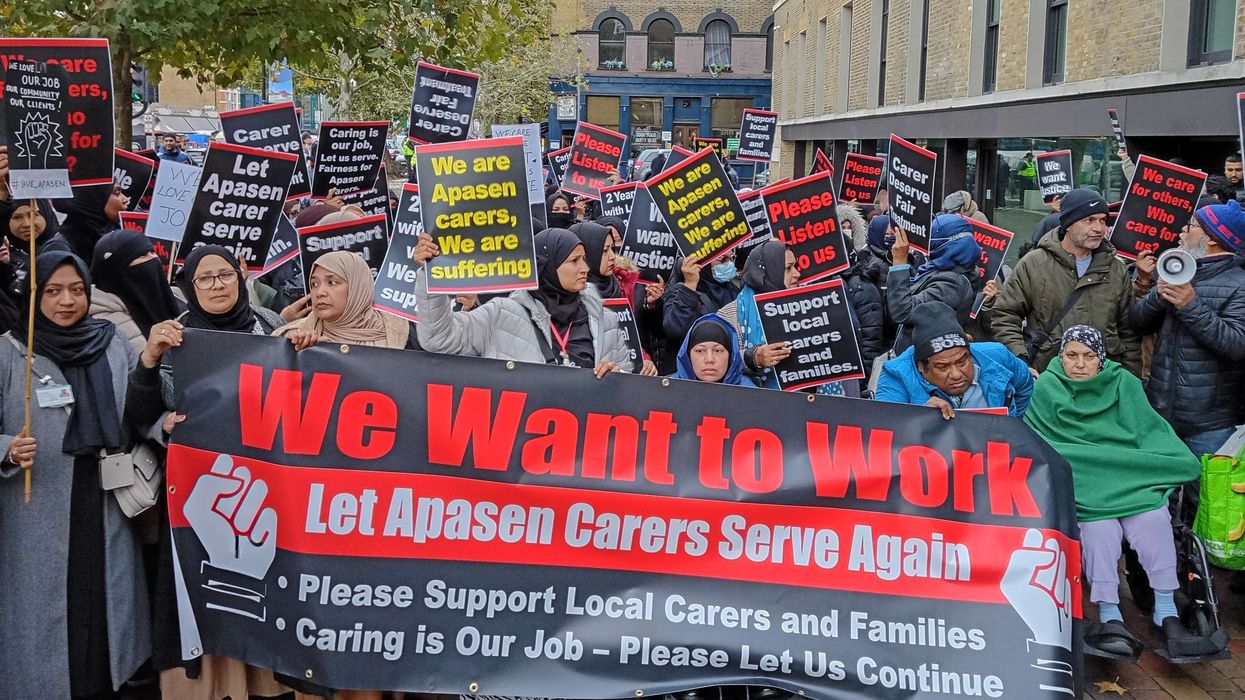PAKISTANI STAR DELVES INTO HER ‘DEADLY’ SIDE IN NEW DRAMA AND DISCUSSES THE PROCESS OF PLAYING AN EVIL CHARACTER
WHETHER it is cinema, short films, drama serials, theatre, or fashion, Sanam Saeed has consistently shown that she is magnificent at making great choices.
Her latest masterstroke is deciding to be part of explosive new anthology series Qatil Haseenaon Ke Naam. The game-changing ZEE5 drama about murderous Pakistani women has received rave reviews since its recent premiere and features standout performances from a strong star cast. The dark drama adds to a superb list of memorable projects the unpredictable actress has starred in and continues an impressive journey she has been on.
Eastern Eye caught up with her to discuss Qatil Haseenaon Ke Naam, the art of being fearless and why she rejected Hollywood. You make great choices.
How do you select creative projects?
Because of my family, parents, and the support system I have had. The kind of women I’ve been used to seeing, that I’ve grown up with and around. When I’m given a script, I go towards roles I can relate to. If they are not roles I can relate to, then they are ones that give hope and a voice to women, because I’m from a house where women had a voice – loud and clear – without having to bash men to get their way. Kind of like walking side by side.
You are always stepping out of comfort zones. Do you like that fear?
What’s my comfort zone, Asjad?Projects that really challenge you?
You know, no one has really seen the theatre stuff that I’ve done. For me, that is stepping out of my comfort zone. These roles I do, most of them, whether it’s Pakistani television dramas, movies like Cake or this, they are kind of roles I really resonate with and relate to because they are all shades of an independent, vocal, confident, and educated woman, who doesn’t have to depend on anyone else for anything. She’s quite capable, which is what I am, and I think these roles are all shades of me.
What would be challenging?
So, challenging would be song and dance, also challenging would be really changing my body language, my voice and maybe shave my hair off for something, and making some physical change. That would be challenging. The roles I’ve been doing so far, I think are just pieces of me.
What did you like about Qatil Haseenaon Ke Naam?
It’s an anthology. It’s fun and completely disconnected. It’s connected through the story, but we, as actors, were completely disconnected. I haven’t worked with any of them. Our stories didn’t relate to one another. They just overlap from episode to episode, just like you could pick up the thread in the script, but, otherwise, (my character) Zuvi was particularly fun. I have played a vixen before and a negative character once or twice, but with this there is no negative or positive character. These characters are stars of their show and that I have never done.
Tell us about that?
You know, where the main protagonist was just pure, I want to see evil, just because we take people’s lives and that’s not a good thing, but the process or reason why they do it, the motivating factors behind it are really fun because they are really selfish, bad and self-indulgent.
What about your character?
In my episode, its not to save her own life or in self-defence. Or because she was wronged in the name of justice. Does she take justice into own hands and control of a situation? No! It’s that she wants a situation to go her way. She’s the kind of person that will do anything to make sure her picture-perfect life is not tainted or tampered with. It’s just fun. I don’t think I’ve ever played a role like that, when there’s no reason for anything and it’s just selfish desire.
Does it put pressure on you when you’re a part of such a strong star cast?
No, it doesn’t put any pressure; it just makes it really exciting to be acting with such a great star cast. You just know that every episode is going to be phenomenal, different, and surprising because each actor has a million tricks up their sleeve. I think it will be really interesting to see how each actor plays these characters. Even in the previous web series ZEE5 did, Churails, it was amazing to see Sarwat (Gilani) really come out and play her role the way she did because you don’t see those kinds of characters on TV or films over here, or even in India. To see these amazing actresses in challenging roles is exciting.
Churails and now Qatil Haseenaon Ke Naam are incredibly ground-breaking…
I don’t want to compare the two, but that was obviously going to happen because we haven’t seen such a fierce female- driven badass content in a while from south Asia, not just Pakistan. Churails was more about women taking justice into their own hands. This one is a murder mystery thriller. Femme fatale genre is not the same as Churails. This is about psycho killers on a killing spree just because they feel like it and feel that they have been wronged in some way. I can only speak for my character – she did it just because she liked it and wanted to do it. Just because she wanted to make sure that nothing comes in her way. She was not justified at all and should be behind bars.
How do you prepare for a killer character so far removed from you?
I love murder mysteries, and the femme fatale genre in old Hollywood was always something I enjoyed watching. Sharon Stone and Glenn Close were like perfect examples of the femme fatales in their films. It was just interesting to draw from memory of how beautiful women use their femininity and seductiveness to get what they want. How they can have anyone eating out of the palm of their hand if they feel like it. How they fine tune people, particularly men, and that was interesting. I just drew from old Hollywood films I remembered seeing and just understanding how a woman uses her womanhood to kind of manipulate people.
Would you say that you’re fearless?
Yes, I am fearless.
Where does that come from and is that again from your upbringing?
Yes, from my mother. My mother is not alive, but she’s someone who broke the stereotypes and was from a conservative Memon family but married outside the family and society. She went to a co-ed school and to study in America. She was the youngest of three brothers and always had to fight with her parents to be like them. She was like, ‘don’t treat me differently because I’m a girl. I’m just like them’. So, a lot of her influences my life. She was 5’11. I think a tall woman is intimidating for anyone.
Will you make a New Year’s resolution?
No, I think I’m doing everything that I want to. I don’t think I need to add to the list right now. My New Year’s resolution would be to focus on what I’m doing.
I love the choices you make, even with your short films and fashion. What’s the master plan going forward?
Thank you, Asjad! I just want to continue doing different kinds of roles that make people laugh, cry, fall in love or get scared by. I just want to keep shocking people, entertaining people and connecting with people.
Is there a role you would love to do?
I would love to do a biopic. On whom, I’m not sure, but I think it will be really fun to study someone and get into their shoes. I think it’s a completely different process doing a biopic because you’ve got so much to draw from. You don’t have to draw from anywhere else and have to embody a person. So, hopefully, one day we’ll come up with a biopic (for me) in Pakistan.
If there is one star from Pakistan, who could make it internationally, including Hollywood, it is you. Is that something that you would consider?
I’ve had some opportunities in Hollywood. But there is one line I’m not comfortable crossing and that is being intimate. Going to Bollywood and wearing tiny clothes for an item number is also something I wouldn’t do. I don’t have anything against it. It’s just that I live in Pakistan and come from here. I have built a career and image here. I have really sunk my teeth deep into the roots and culture over here. As much as I tried to show different sides of a culture, intimate scenes are something that I don’t ever want to break into.
Tell us more about that…
Just for one movie. I don’t want to break years of effort I put in. It took a long time for women before me to pave the way for people like me to come in. Then my generation has to pave the way for future generations, so I wouldn’t want to break that. I was told in Hollywood the protagonists have to kiss. That is Hollywood and its great. I love seeing it on screen and you fall in love with the characters. If one day Hollywood doesn’t need that and it’s not a deal-breaker, I’ll be there.
www.zee5.com
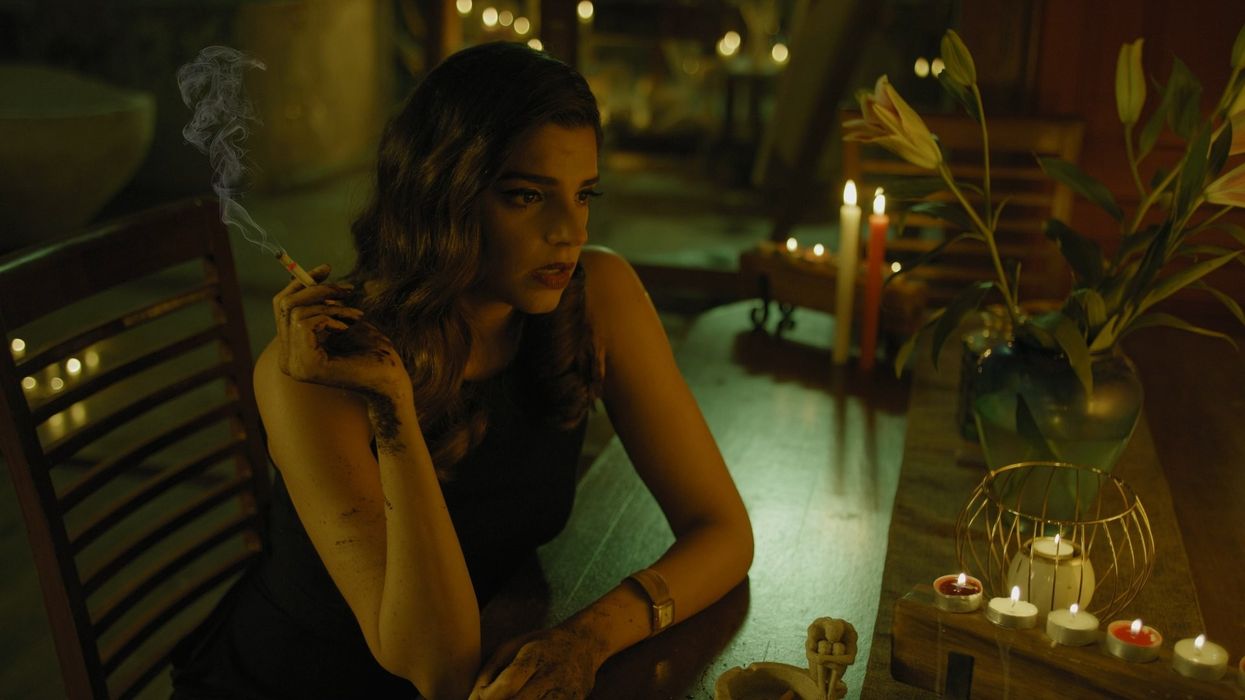
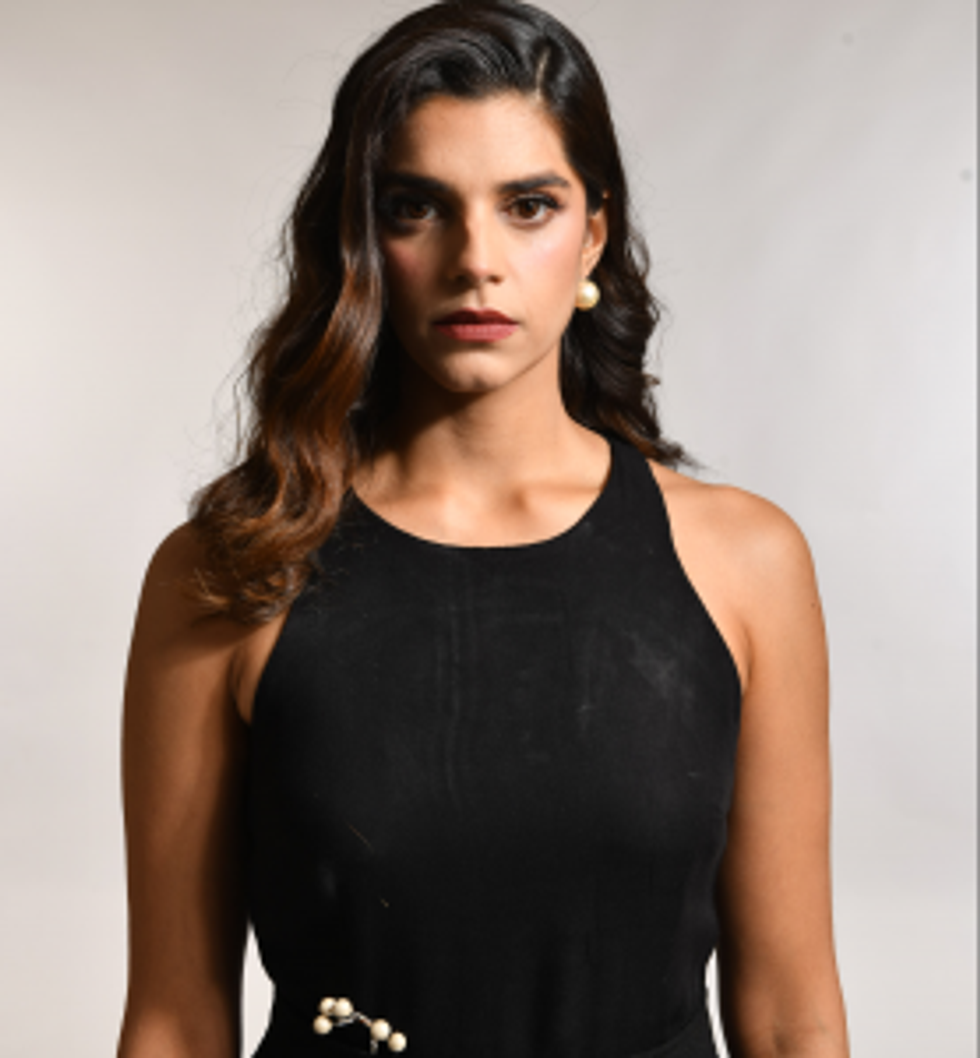




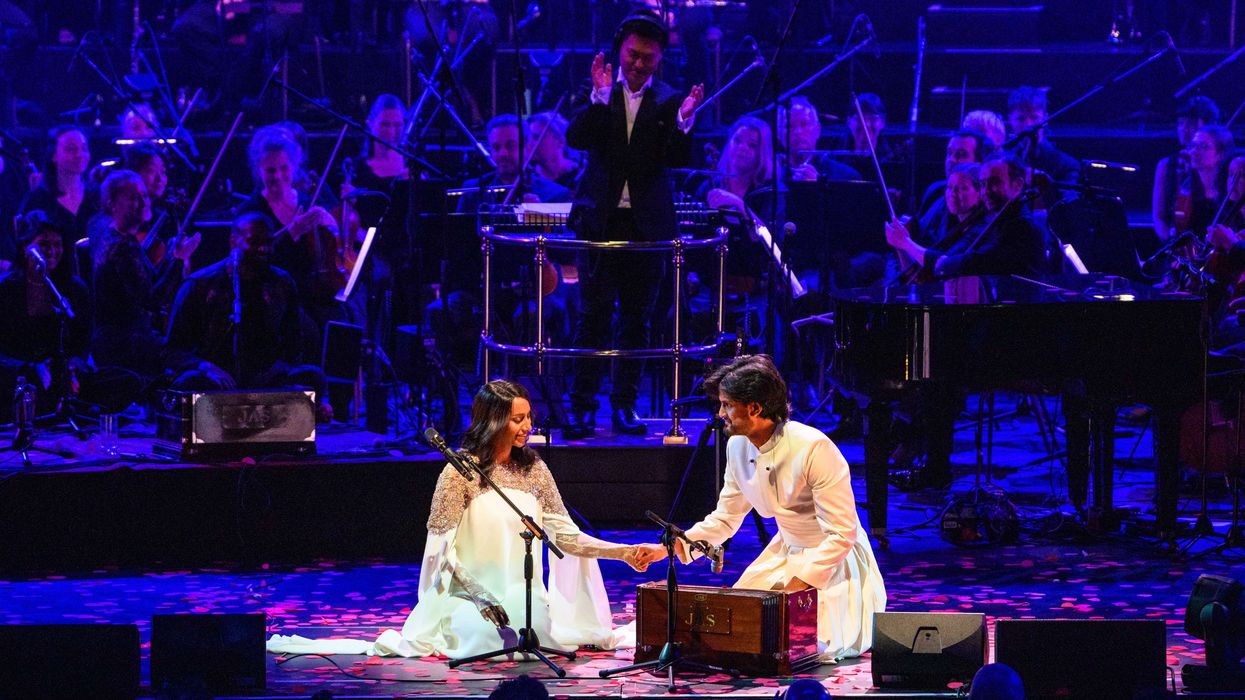
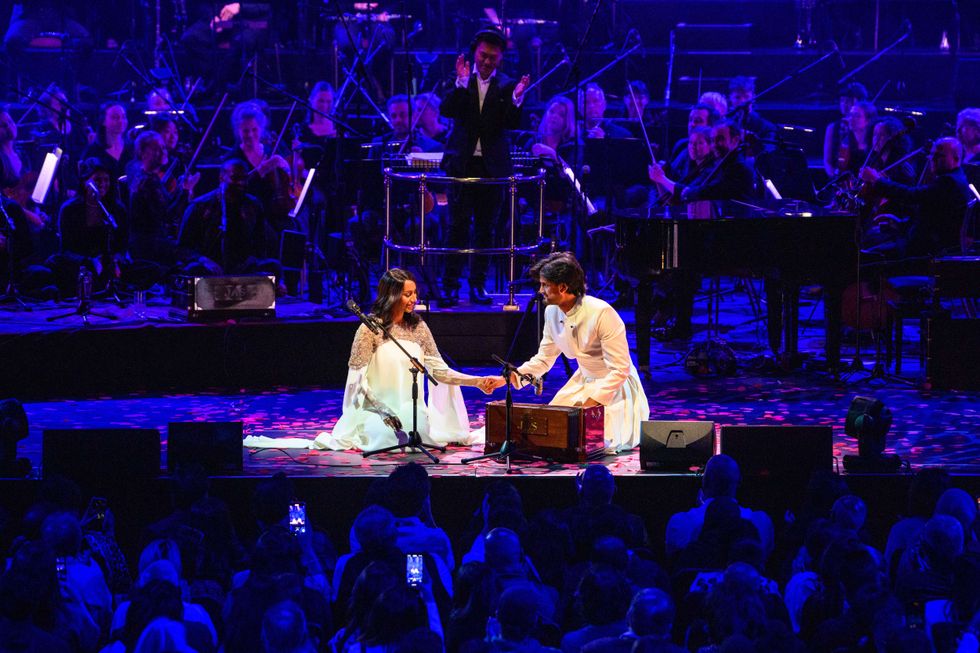 Orchestral Qawwali Project headlines Llangollen Eisteddfod for first time
Orchestral Qawwali Project headlines Llangollen Eisteddfod for first time 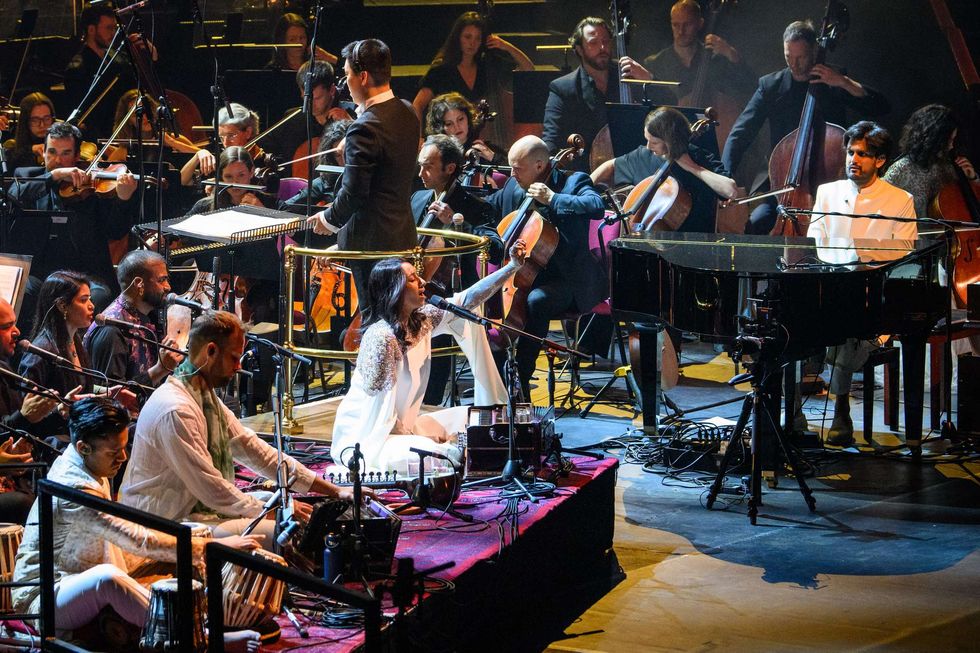 Llangollen Eisteddfod welcomes full orchestra qawwali performance
Llangollen Eisteddfod welcomes full orchestra qawwali performance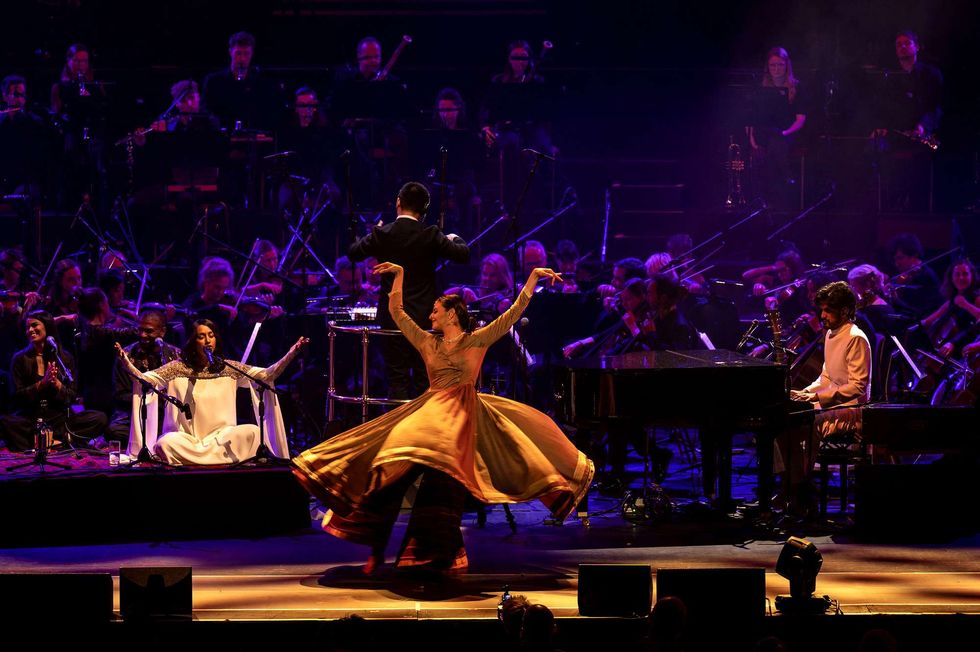 Orchestral Qawwali Project set to electrify festival audiences
Orchestral Qawwali Project set to electrify festival audiences






